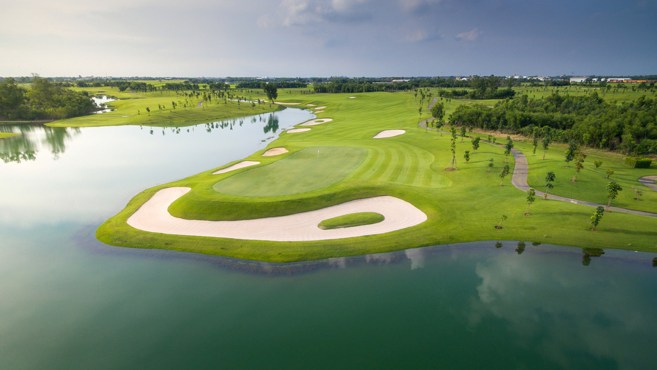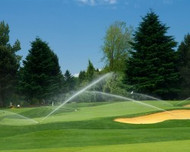Golf Courses Not as Environmentally Detrimental as Commonly Thought

Golf courses are not as environmentally detrimental as most people think. At least when it comes to the UK golf courses although there is plenty of room for improvement as well. In the past decade, golf clubs and operators have been under a lot of pressure from environmental organisations and as it turned out in most cases, for a good reason. Though every case is a story of its own, many golf courses around the world (including Britain) have been found to negatively impact the environment on one or more of the following ways:
- Destruction or degradation of natural features. Golf courses take up acres of land. Plus, there is the clubhouse, restaurant, accommodation and other developments that are found near golf courses. This, unfortunately, means that acres of natural features (e.g. wetlands and woodlands) are being lost to the development of golf courses and accompanying facilities. To make matters worse, many golf courses are being developed in environmentally-sensitive areas, with some even springing out in protected/conservation areas.
- Loss of habitats and biodiversity. It’s not just natural features that are being destroyed or degraded by golf course development. Loss of wetlands, woodlands and other natural features also means loss of habitats for countless wildlife species, including some of the rarest and even endangered species. With their habitats gone, they have no choice but to look for new ones elsewhere. Golf course development thus often also results in loss of biodiversity.
- Depletion of water resources. Golf courses require huge amounts of water in order to keep them healthy and appealing to the ever more demanding golfers. In areas with low precipitation, this means a huge pressure on water resources, making golf courses a major contributor to water scarcity. However, depletion of water resources isn’t only limited to dry regions. In 2015, the Scottish Environment Protection Agency (SEPA) severely criticised three Scottish golf courses for using more water than allowed, while another dozen angered the Agency because they didn’t specified the amount used for watering the greens and fairways.
- Contamination of natural resources and destruction of flora and fauna by heavy use of chemicals. These include pesticides, herbicides and artificial fertilisers which are used to keep the greens and fairways in top condition. But while being extremely successful in their main objective, these chemicals have been shown to have a devastating effect on the environment. They can contaminate groundwater and sometimes even leak into the ocean. Also, while being very effective against pests and weeds, pesticides and herbicides are unfortunately also very deadly for many native plant and animal species.
Situation Not as Bad as It May Seem at a First Glance
When it comes to the UK golf courses and their impact on the environment, things have improved dramatically in the past years. Eager to make their courses more environmentally friendly, a large number of golf clubs took serious measures to preserve the natural features and habitats, with many even making them an integral part of the course. Combined with other measures such as reduced use of chemicals, planting native plants, using organic pest control, etc. environmentally responsible golf clubs didn’t only reduce their impact on flora and fauna but they also established themselves as an important contributor to protection and preservation of biodiversity.
Feature image credit: NANTa SamRan/Shutterstock


